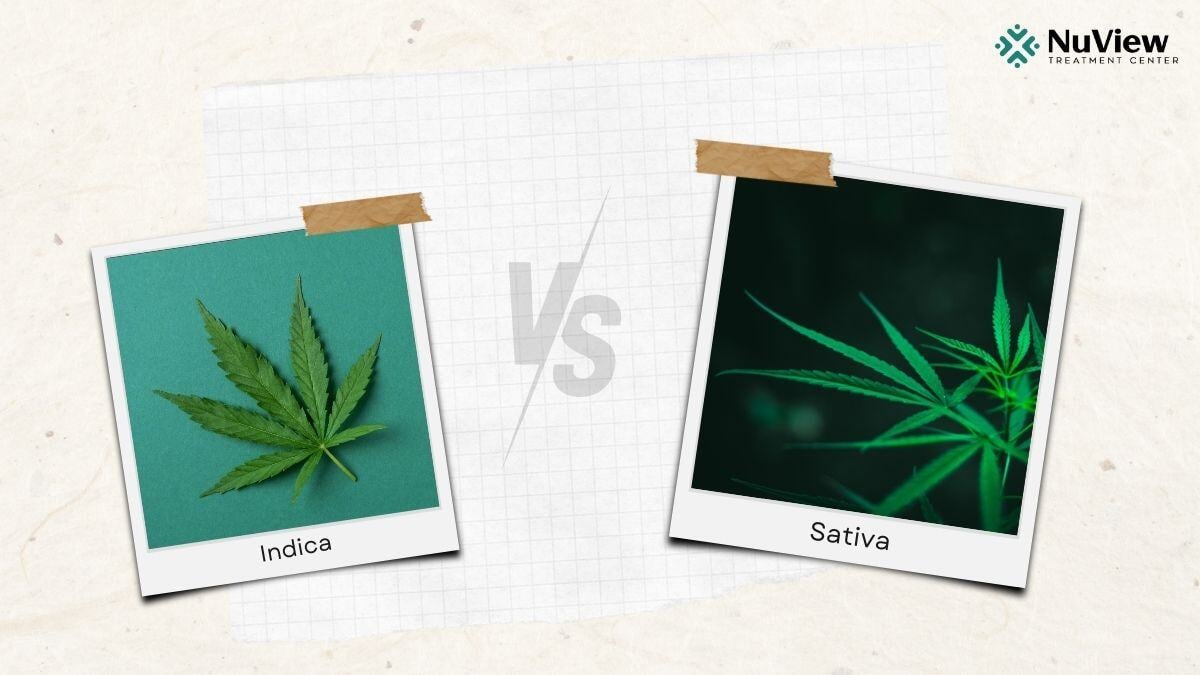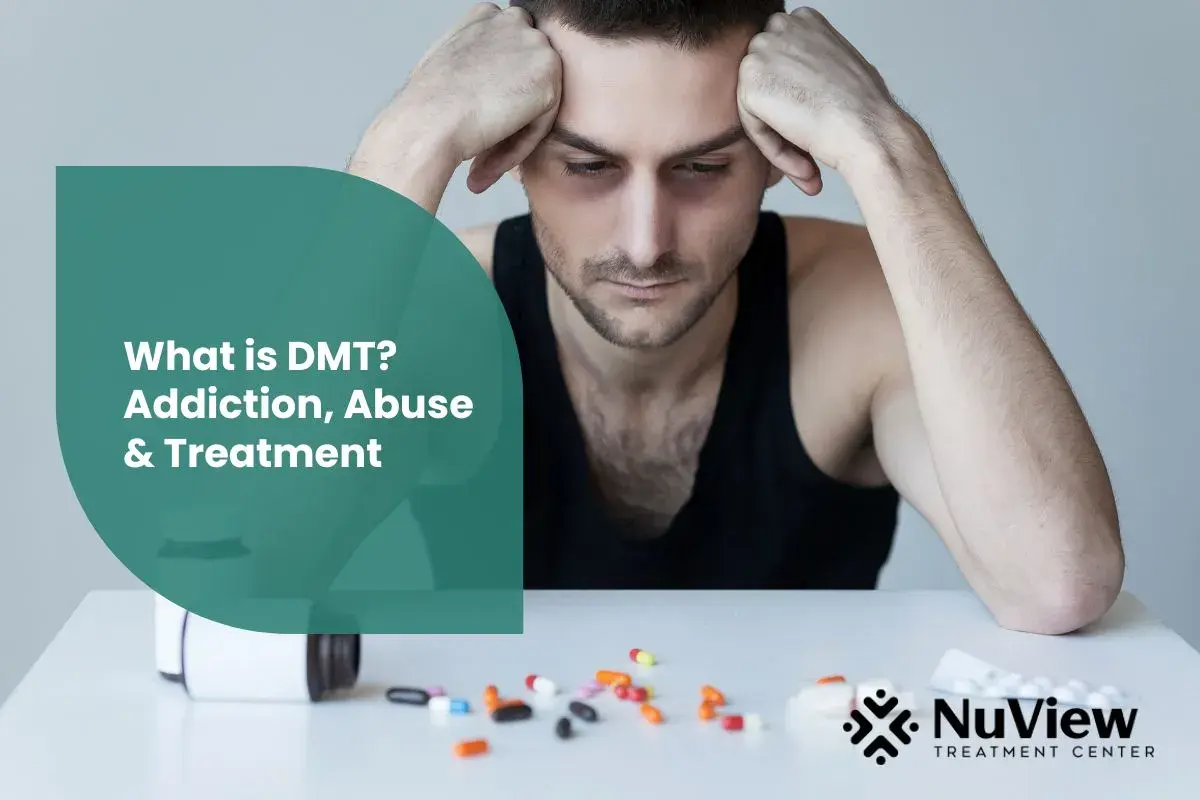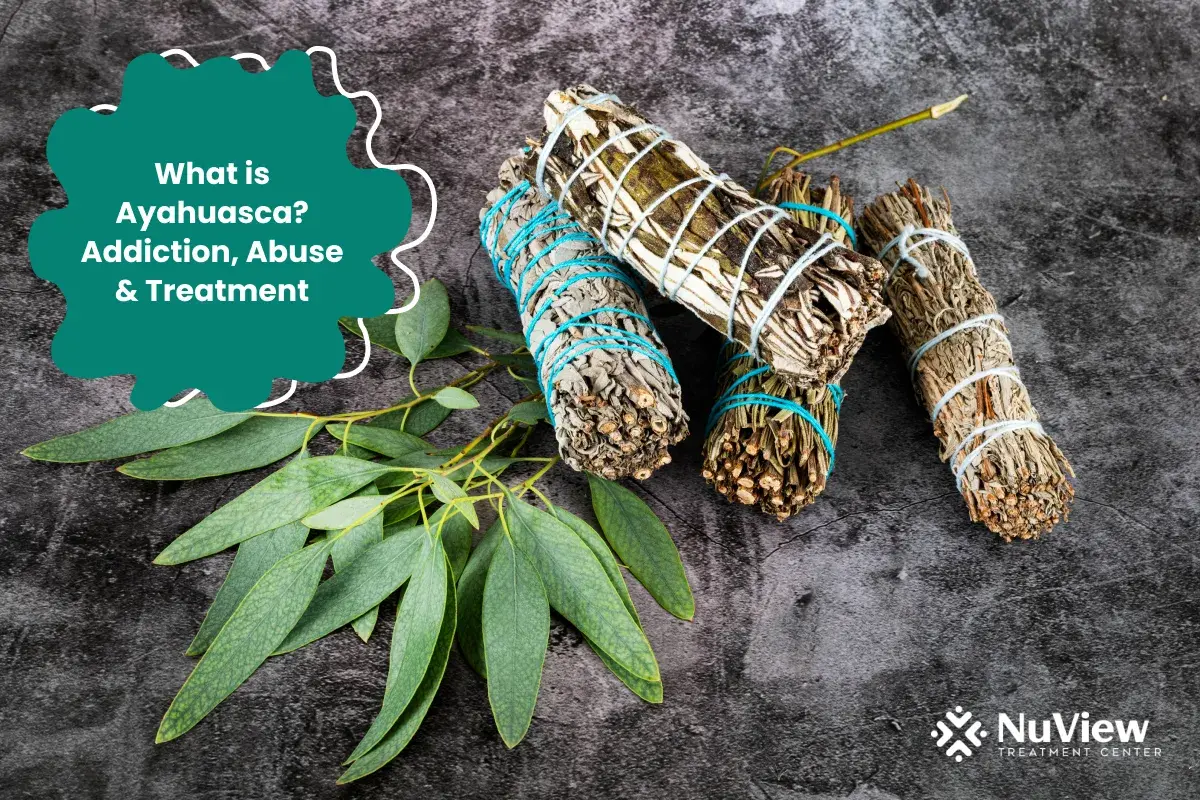The first thing that comes to anyone’s mind when they hear the word “cannabis” is the drug, which goes by the names of marijuana and weed as well. However, first and foremost, it is a naturally occurring flowering plant. Three species of cannabis are recognized – Cannabis indica, Cannabis sativa, and Cannabis ruderalis. Cannabis ruderalis is often considered to be a subspecies of Cannabis sativa, hence the two widely recognized species are Cannabis indica and Cannabis sativa.
While Indica and Sativa are closely related, they are different in other ways. They are different in how they look, Indica is short and stocky. Sativa is taller and grows considerably faster. More importantly, when it comes to Indica vs Sativa, they also differ in their delta-9-tetrahydrocannabinol (THS) and cannabidiol (CBD) content, so they affect the mind and body in distinct ways. Indica makes one feel relaxed, while Sativa makes one feel more energetic.
Indica: Strains, Effects, and Uses
Indica Strains
Indica strains or the more recent chemovars (chemical varieties) are known for their relaxing effect. Indica strains are generally cultivated in Afghanistan and have more CBD content than THC content. While Indica strains are not very popular, there are still quite many of them available:
- Black Domina
- California Hash Plant
- Confidencial OG
- Cream Caramel
- Critical Kush
- Enemy of the State
- LA Cheese
- LA Confidential
- Northern Lights
- OG LA Affie
Indica Effects
Indica strains are known for their relaxing effects. They help relieve stress and calm the body. Indica strains are also known for their appetizing and pain-relieving effects. Hence, they are most commonly used during the evening and nighttime, when people are looking to relax after a long and winding day.
Indica Uses
Indica strains are intensely relaxing and soothing. They are used for the same reason, especially when people are looking to relax. Many medical cannabis strains also have a type of Indica strain, and are used for the following:
- Pain relief
- Chronic pain relief
- Joint pains
- Arthritis
- Increasing appetite
- Reducing nausea
- Reducing sleep difficulties
Get Started With Nuview Treatment Center
Our dedicated professional staff is here to guide you or your loved one on the journey to lasting recovery, offering support every step of the way.
Sativa: Strains, Effects, and Uses
Sativa Strains
Sativa strains or chemovars are cultivated in Africa, Central America, and some portions of Asia. Typically, they grow in a hot and sunny climate. Unlike Indica strains, they contain higher doses of THC and lower doses of CBD. While pure Sativa strains are not really very popular, there are quite a few of them available:
- Chocolope
- Dr. Grinspoon
- Durban
- Jamaican Dream
- Kali Mist
- Neville’s Haze
- Panama Haze
- Serious 6
- Tijuana
- Utopia Haze
Sativa Effects
Sativa is an upper, unlike Indica which is a downer. It is known for giving rise to a “mind high”, and for its energizing and anxiety-reducing effects. Hence, Sativa is generally consumed during the daytime.
Sativa Uses
Sativa gives rise to “mind high” effects, making it popular for recreational use. However, certain medical uses of sativa are as follows:
- Stress relief
- Anxiety relief
- Pain relief
- Reducing headaches and migraines
- Elevating mood
- Post-traumatic stress disorder
Key Differences Between Indica and Sativa
While considering Indica vs Sativa or Sativa vs Indica, there are some key differences to keep in mind.
Indica is grown in drier climates, mainly in Afghanistan. It is grown in countries like Indica and South Africa as well. It is shorter, has broad leaves, and is stocky. It generally contains more CBD than THC, however, the ratio is considered to be 1:1.
Indica is a downer. It is known for its relaxing and sedating effects. It also has some medical uses, especially in the treatment of pain, insomnia, and epilepsy.
Meanwhile, Sativa is grown in humid climates, mainly in countries like Afghanistan, Pakistan, Mexico, and Vietnam, among others. It is taller and has slender leaves. It generally contains more THC than CBD.
Sativa is an upper. It is known for its stimulating and energizing effects. It has some medical uses as well, especially when it comes to anxiety and depression.
Get Started With Nuview Treatment Center
Hybrid Strains: A Combination of Indica and Sativa
In the comparisons of Indica vs Sativa or Sativa vs Indica, more often than not, hybrid strains or chemovars are the ones that come out as the winners, as they are the most popular ones. Hybrids contain both Indica and Sativa strains and are grown on farms or greenhouses to have either higher doses of CBD, higher doses of THC, or higher doses of both. For instance, a popular hybrid strain is Harlequin and while it is predominantly Sativa, it contains higher doses of CBD than THC.
Hybrids appear to be a combination of both Indica and Sativa, which are kind of their parent plants. Their effects can range from stress relief to anxiety relief. Moreover, they also have some medical benefits, especially in easing the side effects of chemotherapy or radiation.
Potential Side Effects and Risks
Yes, Indica, Sativa, and hybrids have their effects and uses. However, it is important to consider their side effects and risks as well. They are not without them, either. Most of these side effects and risks are the result of THC, and not from CBD.
Smoking or vaping cannabis can lead to respiratory troubles. Even ingesting cannabis in the form of cookies or gummies can have adverse impacts on the overall respiratory health.
Other unwanted effects include:
- Mood swings
- Hallucinations
- Paranoia
- Nausea
- Dry mouth
- Dizziness
- Troubles with body movement
- Changes in appetite
- Damage to the developing brain, especially observed among adolescents.
Frequently Asked Questions (FAQs)
What is better, Indica or Sativa?
Depending on whether one wants to experience relaxing or energizing effects, Indica or Sativa, respectively, can be considered. However, both have their potential side effects and risks.
Do you get higher from Sativa or Indica?
Sativa is the upper, so one can get a mind high with Sativa.
Is Sativa a downer or Indica?
Indica is the downer. It is known for its relaxing effects.
Does Indica make me sleepy?
Yes, Indica can make one feel sleepy.
Does Indica make you hungry?
Indica is used to increase appetite, so yes, it can induce feelings of hunger.
- Indica: Strains, Effects, and Uses
- Sativa: Strains, Effects, and Uses
- Key Differences Between Indica and Sativa
- Hybrid Strains: A Combination of Indica and Sativa
- Potential Side Effects and Risks
- Frequently Asked Questions (FAQs)
- Indica: Strains, Effects, and Uses
- Sativa: Strains, Effects, and Uses
- Key Differences Between Indica and Sativa
- Hybrid Strains: A Combination of Indica and Sativa
- Potential Side Effects and Risks
- Frequently Asked Questions (FAQs)
Get Help Today!
Everyone is Welcome Here and We All Have Your Back
Your healing journey deserves a personalized approach. At NuView, we integrate expertise in behavioral therapy, mental health, and substance use treatment to create a customized recovery plan tailored to your unique needs.
Connect with our Admissions Specialists today.







Written By
Dr. Ryan Peterson